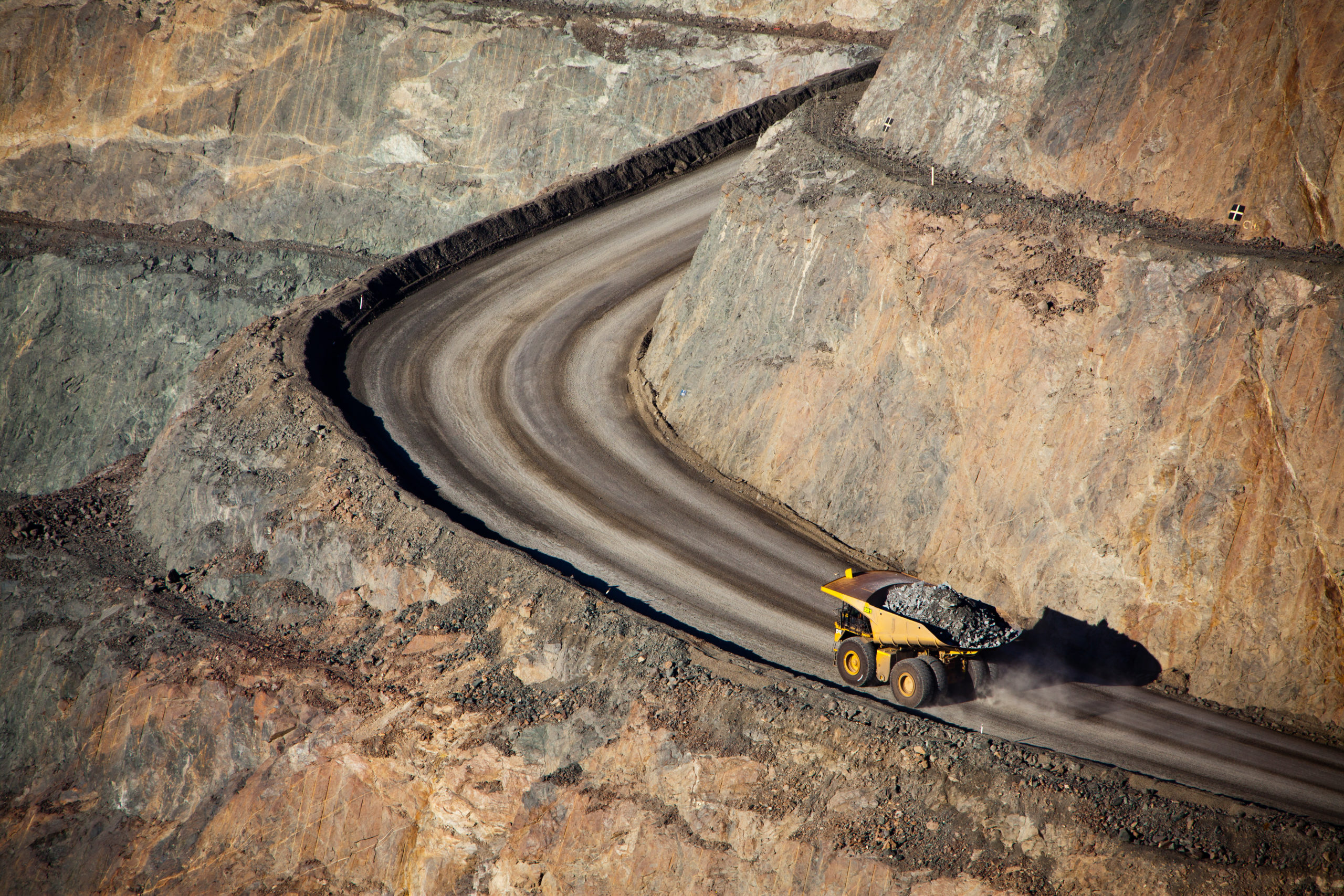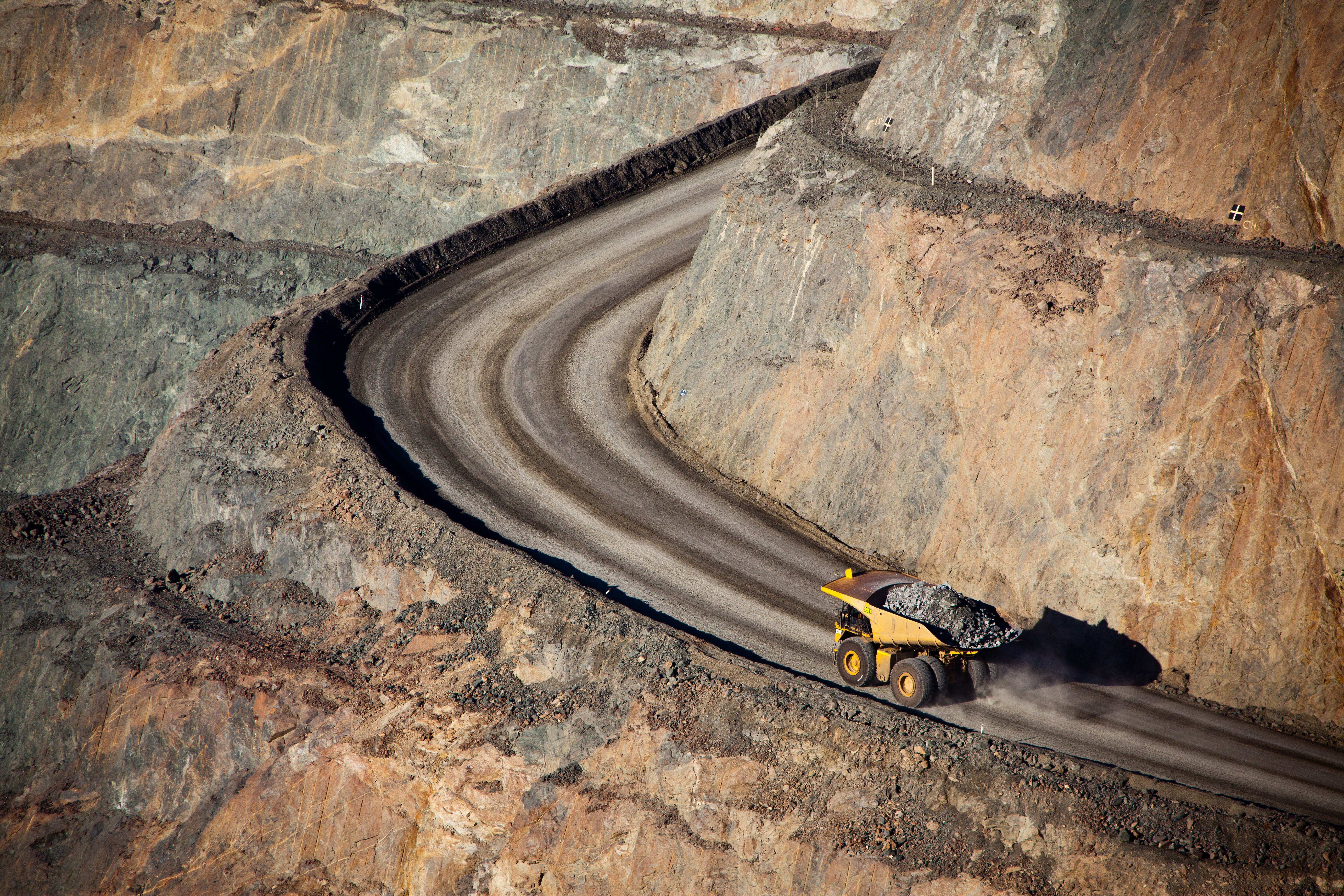
Australias mining industry is currently in a trough, pressuring some lube suppliers to the industry to rely more on tangential markets until performance inevitably recovers, said industry observers.
As one of the worlds richest sources of natural resources, Australia has long been a lucrative market for lube and grease suppliers. Miners BHP Billiton Ltd., Rio Tinto Group, Glencore Plc and Anglo American Plc are presently digging up gold, copper, iron ore and other minerals, metals and oils all over the country. International heavyweights Shell, BP/Castrol, Caltex and Fuchs are among the dominant players supplying Australian mines.

Photo: Jason Benz Bennee / Shutterstock
Capital expenditure in mining operations such as this gold mine in Kalgoorlie, Western Australia, has been down in recent years, influencing lubricant demand for the sector.
Capital expenditure in the Australian mining sector fell 30 percent to $53 billion Australian dollars (U.S. $41.3 billion) in the fiscal year ended June 2016. Capex investment to upgrade equipment and other physical assets is still declining. The latest official data indicates only $29.5 billion has been spent in the nine months ended March 2017, predicting a full-year spend of about $40 billion.
This trend, which has resulted in weak business confidence and higher cost sensitivity, has reduced the addressable opportunity for lubricants and greases, said Ivan Fernandez, industry director at market research group Frost & Sullivan Australia.
Fernandez estimated the value of the Australian market for mining sector lubes and greases at about $400 million.
The mining downturn has caused dramatic declines in volume across all oil supplies, said a representative of a mid-sized lubricants marketer who asked not to be identified. He was speaking at a 2017 Brisbane Truck Show exhibit in May.
However, some players and observers have indicated that the outlook for lubricant sales in the Australian mining sector isnt all doom and gloom.
Record capital expenditure infused in the sector earlier this decade for new mines and production capacity increases will likely come to fruition in the near future. The Roy Hill iron ore mine in Western Australias remote northern region, for example, is among the newer mines ramping up production. Owners Hancock Prospecting and partners including Japans Marubeni Corp., South Koreas Posco and Taiwans China Steel Corp. spent $7 billion to develop the project.
Similarly, the Australia Pacific LNG consortium – comprising United States-based ConocoPhillips, Australia-based Origin Energy and Chinas Sinopec – began production from its $25 billion LNG facility in northern Queensland LNG in recent years.
Certainly since late last year and early this year, the industry has picked up, said Keith Nicholson, director of Queensland-based Clean Lube Solutions, which provides lubricant management services and equipment to the mining industry.
The volume of Australias resources and energy exports is forecast to continue to grow robustly in the next two years, claimed Mark Cully, chief economist at Australias Department of Industry, Innovation and Science, in a June 2017 Resources and Energy Quarterly. The bulletin forecast Australias resources and energy export volumes to grow by 7 percent in the year ending June 2018.
Commodity price rises are also forecasted, meaning improved profitability among miners and the anticipated reopening of mines mothballed during the downturn.
Most of the bigger lubricant suppliers in Australia also supply and service the automotive and manufacturing sectors, which means they have somewhere else to sell their stocks of heavy-duty oils and other wares in the event of volatility and market shrinkages, Fernandez noted. Mining lubricants include heavy-duty engine oils, gear oils, dragline cable oils, axle and transmission oils and hydraulic fluids.
The construction, utilities, and food and beverage sectors offer growth opportunities, Frost & Sullivan said in its 2017 Australian Industrial Lubricants and Greases Market report.
Robust growth in construction, utilities, and food and beverage sectors [in Australia] supports the demand for a variety of industrial lubricants such as industrial engine oils, hydraulic fluids, and industrial gear lubricants amongst others, the report espoused. Development in wind and solar power generation creates a growing demand for turbine oils and industrial gear oils. Investment in infrastructure construction also creates demand for industrial greases, industrial engine oils and hydraulic liquids. The food and beverage manufacturing segment counters the overall manufacturing decline trend by leveraging on the countrys competitive advantage in the agriculture sector.